
6 art marketing terms every new art collector should know
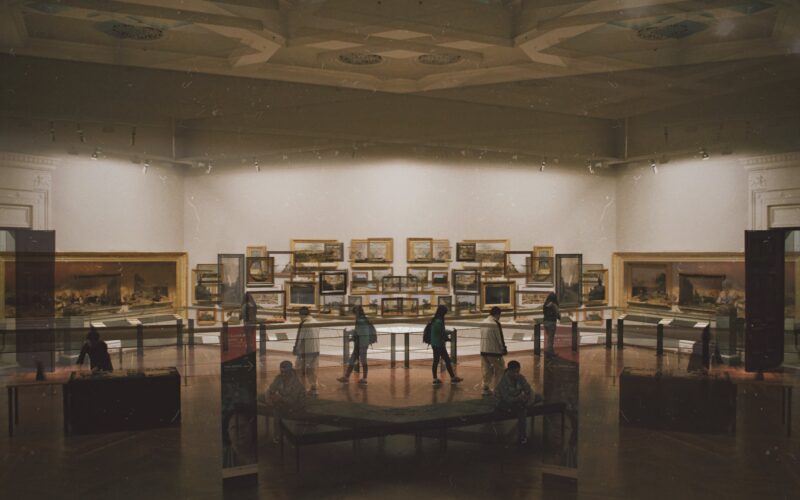

Whether you’re new to art or have collected some pieces, understanding art marketing can be like solving a puzzle.
Art has its own special words, just like any other field, and these words can make you scratch your head. Ever wondered what’s the difference between an “artist’s proof” and a “limited edition” print? Or maybe you’re curious about what “giclee” prints are all about? Well, you’re not alone. These terms, and a few more, can be confusing when starting in the art market.
This blog will make these art marketing terms easy to understand. Consider us your art language translators, breaking the tough stuff into simple, bite-sized pieces. So, let’s begin.
1. Limited Edition
You walk into an art gallery and spot a stunning print of your favorite artwork. Excitement rushes over you, but then you notice a peculiar phrase: “Limited Edition.” What does that mean, and why should you care?
In the art market, “Limited Edition” is a term that holds significance for art collectors. It’s like a secret code that tells you something special about the artwork. Simply put, when an artwork is labeled as a “Limited Edition,” only a specific number of copies will ever be made.
Here’s the value for you: Limited edition prints are often more valuable because they’re rarer. When an artist decides to create a limited edition of their work, it’s like they’re saying, “These are the only copies that will ever exist.” It adds exclusivity and uniqueness to your art collection.
So, next time you see “Limited Edition” on an art piece, you’ll know that you’re not just getting a print; you’re getting something special that only a select few will ever own. It’s a way for artists to make their art even more meaningful to you.
2. Artist Proof (AP)
You might come across another intriguing term: “Artist Proof,” often abbreviated as “AP.” It sounds a bit mysterious, but fear not.
An “Artist Proof” is like a hidden treasure in art. When an artist creates a limited edition print, they sometimes set aside a small number of prints, typically about 10% of the edition size, to mark as “Artist Proofs.” These prints are similar to the artist’s favorites or test prints.
Now, here’s where it gets interesting for art collectors like you. Artist Proofs are often considered more valuable than regular edition prints. Why? Because they’re closely associated with the artist’s creative process and personal touch. It’s like directly connecting to the artist’s thoughts and emotions as they craft the artwork.
So, when you encounter an “AP” next to a print, know you’re looking at something special and unique. It’s a chance to own a piece of the artist’s journey, a slice of their creative soul, making your art collection all the more personal and meaningful.
3. Condition report
Now, let’s tackle an important term not just for art collectors but anyone who cares about the well-being of their artworks: the “Condition Report.”
Think of a Condition Report as an art health check-up. It’s like taking your artwork to the doctor’s office for a thorough examination. When you buy or loan a piece of art, especially an older or valuable one, you’ll often receive a Condition Report.
This report is simply a detailed document describing the artwork’s current state. It notes any wear and tear, damage, or changes in the artwork’s condition. It might mention things like tiny scratches, fading colors, or even major repairs if they’ve been done.
For art collectors, a Condition Report is invaluable. It helps you keep track of your art’s condition over time, ensuring it remains in the best possible shape. If you ever decide to sell or loan your artwork, having a well-documented Condition Report can also provide transparency to potential buyers or lenders.
4. Diptych and triptych
These words might sound a bit fancy, but their meanings are simple.
An artwork is split into two parts, like a book with two pages. That’s a diptych! Diptychs are two pieces of art designed to be displayed together. They’re like two best friends who tell a complete story when they’re side by side. Artists often use diptychs to create a dynamic contrast or connection between the two panels, making it a fascinating addition to your collection.
Take the concept of a diptych and add one more panel, making it three in total. That’s a triptych! Triptychs are like a trilogy of art, each panel contributing to a larger narrative. They can be a powerful way for artists to convey a story or explore different aspects of a theme. When you hang a triptych, you’re not just displaying art but inviting viewers on a visual journey.
So, whether you’re drawn to a diptych’s simplicity or a triptych’s storytelling, these terms demystify what might seem complex at first glance. They offer exciting opportunities to diversify your art collection and engage with art uniquely.
5. Hammer price
You might hear the term “Hammer Price” when entering an art auction. It’s a crucial concept to understand, as it’s the moment of truth in an auction.
The “Hammer Price” is the final price at which an artwork is sold when the auctioneer’s hammer comes down. It’s the price that wins the painting for the highest bidder.
But here’s the catch: the Hammer Price doesn’t include additional costs like auction fees or taxes. Those are added on top of the Hammer Price. So, when bidding at an art auction, keep an eye on that hammer. When it falls, and your bid is the highest, that’s the price you’ll pay, plus a little extra.
Knowing the Hammer Price is crucial for art collectors because it’s the point at which you commit to buying an artwork. So, if you’re ever at an auction or following one online, keep your ears open for that satisfying “thud” of the auctioneer’s hammer and be ready to celebrate if it’s in your favor!
6. Open edition
“Open Edition” is a term often heard when exploring art prints. It’s like the all-access pass to owning a piece of art without limitations.
In simple terms, when an artwork is labeled as an “Open Edition,” there’s no limit to the number of copies that can be made and sold. It’s like having your favorite song available for everyone to listen to; there’s no scarcity.
Open editions are fantastic because they make art more accessible to a broader audience. You can often find open-edition prints at affordable prices, making bringing art into your life easier.
However, since there’s no limit on the number of copies, open-edition prints may not have the same rarity or collector’s value as limited-edition prints. But they are a great way to enjoy and share art without breaking the bank.
So, if you come across an “Open Edition” print that speaks to you, don’t hesitate to add it to your collection. It’s a fantastic way to bring art into your world without constraints.
Browse our curated collection..
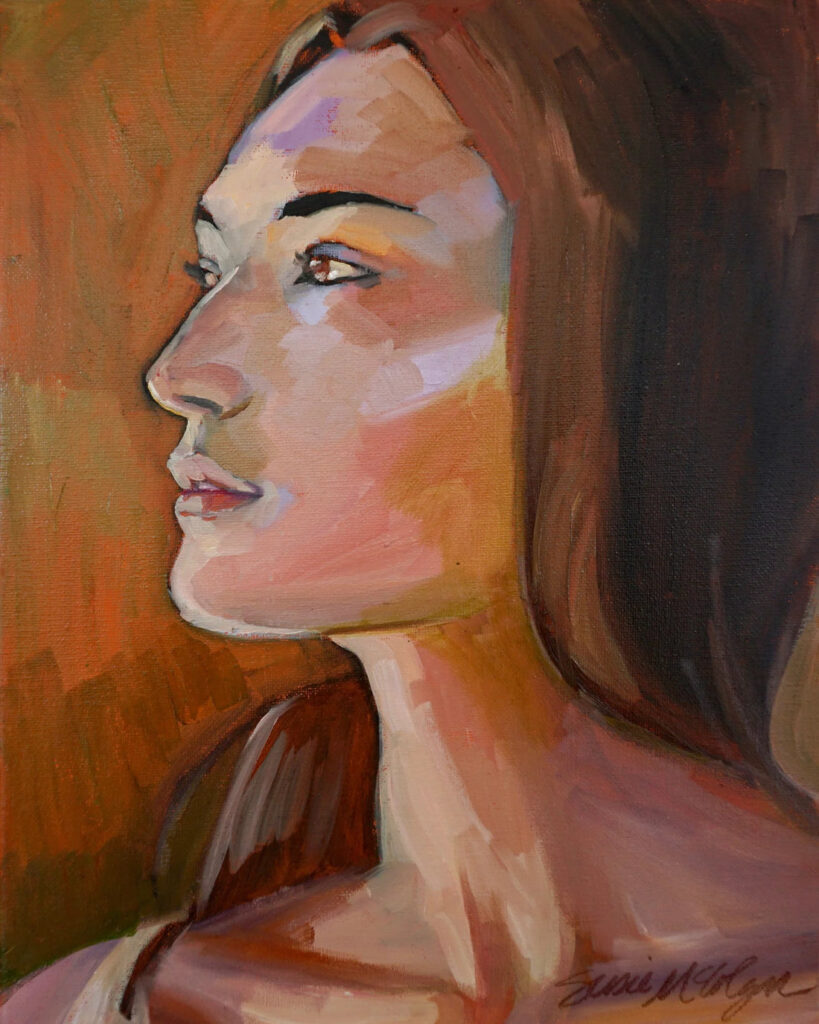
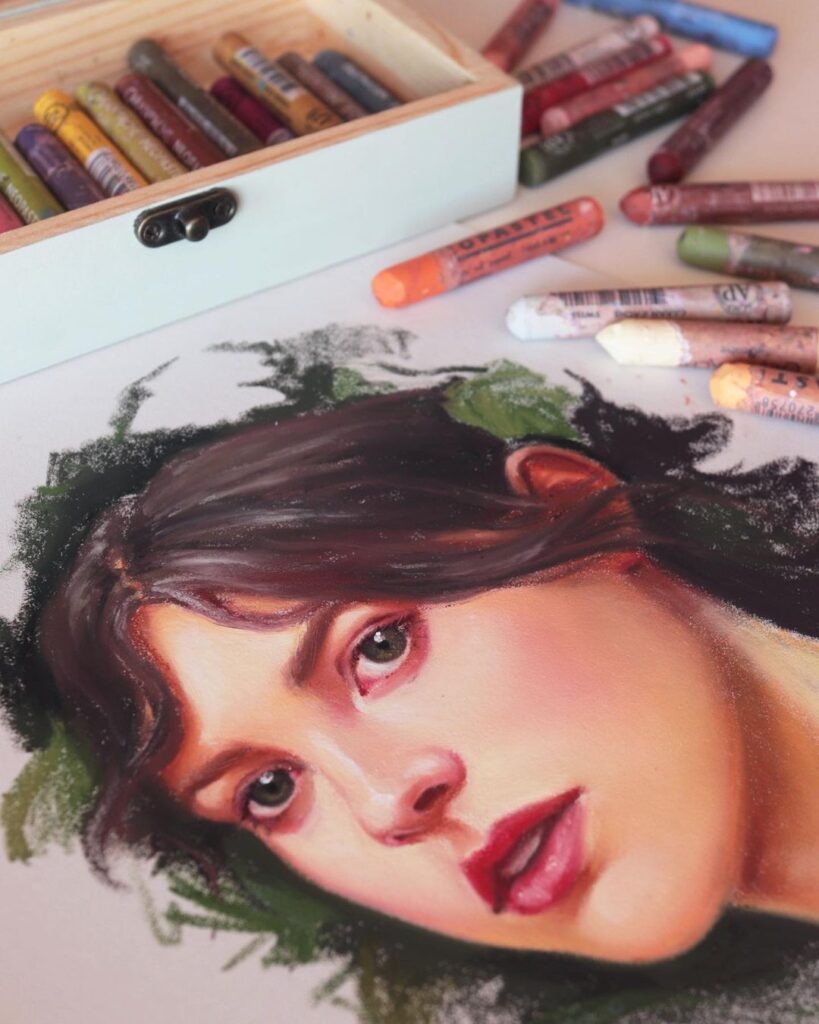

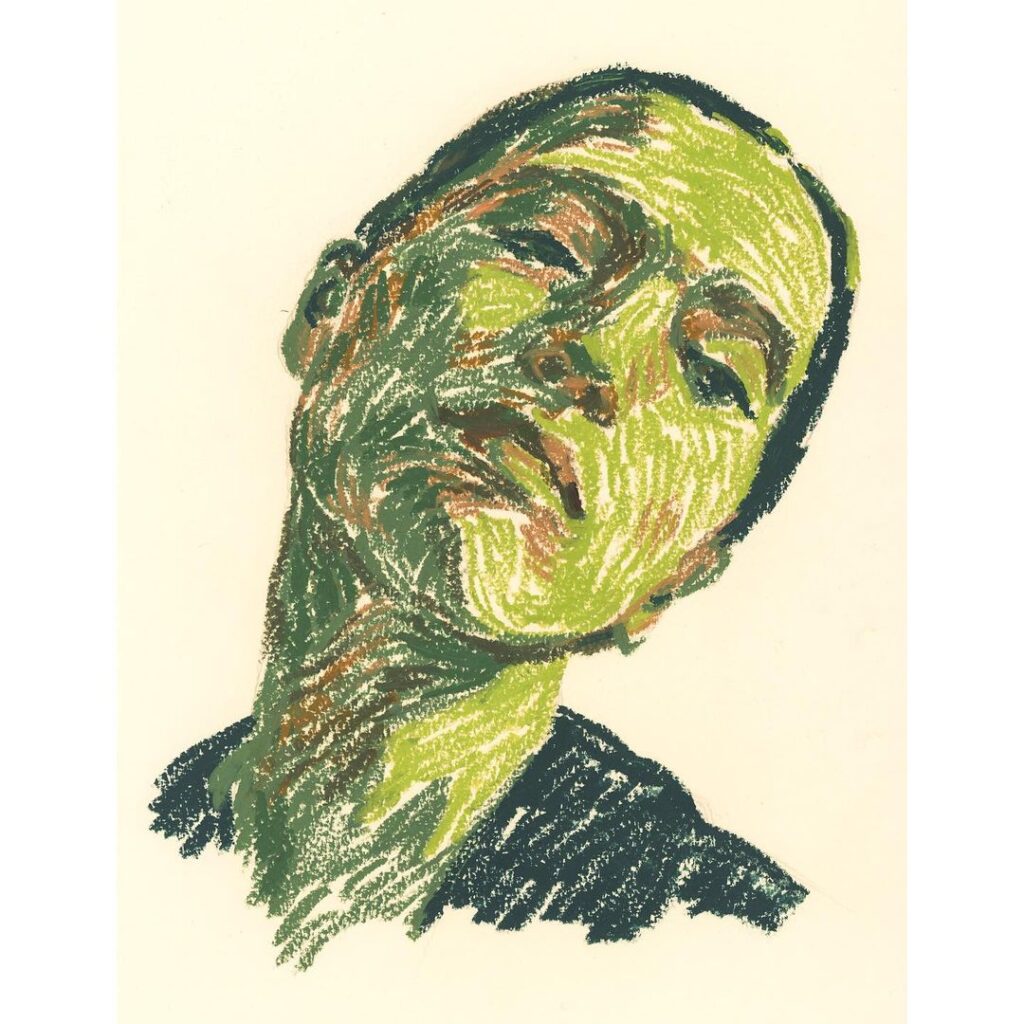
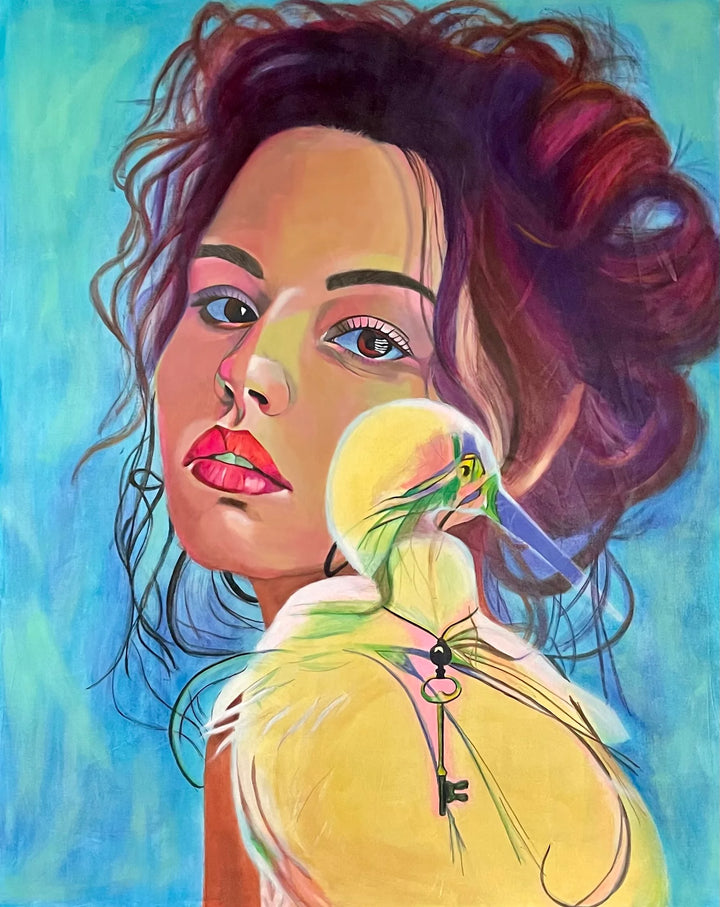











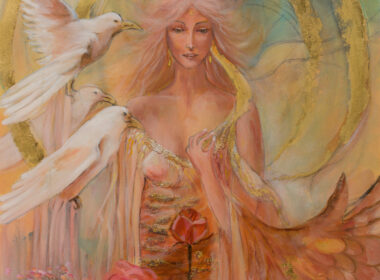
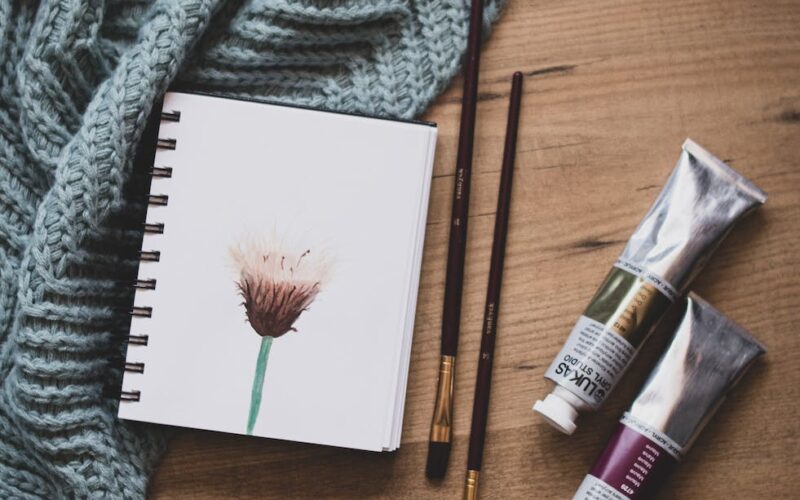
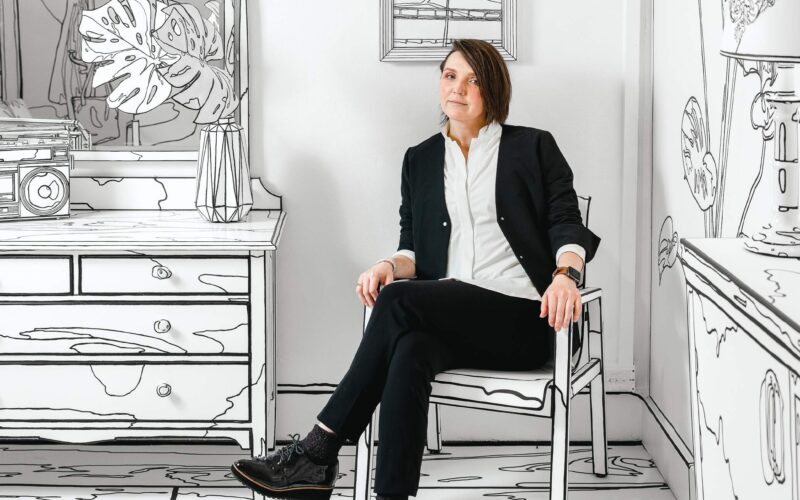


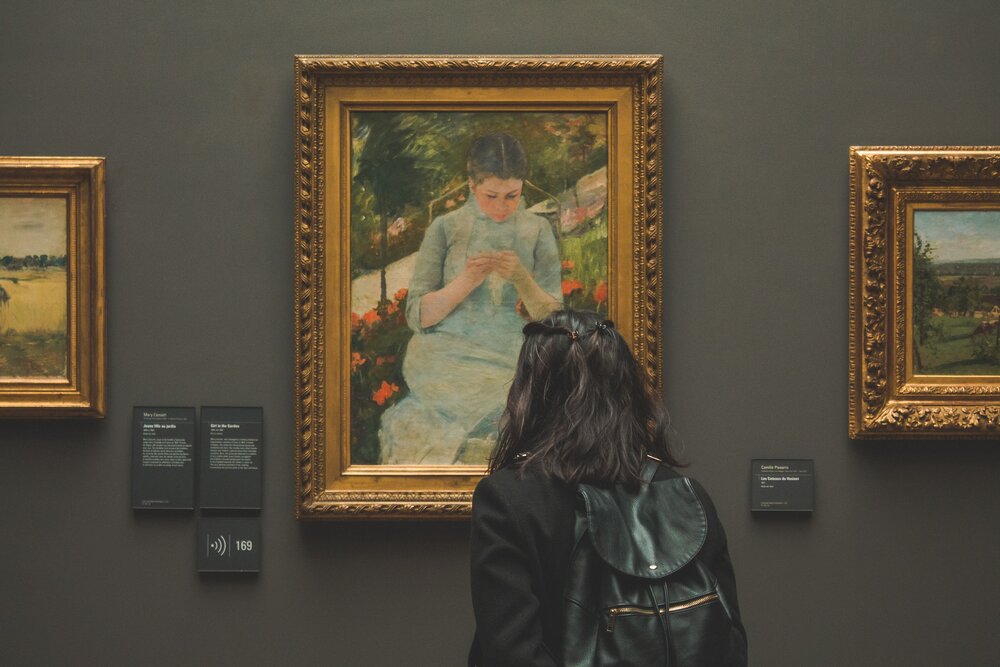

Comments 13